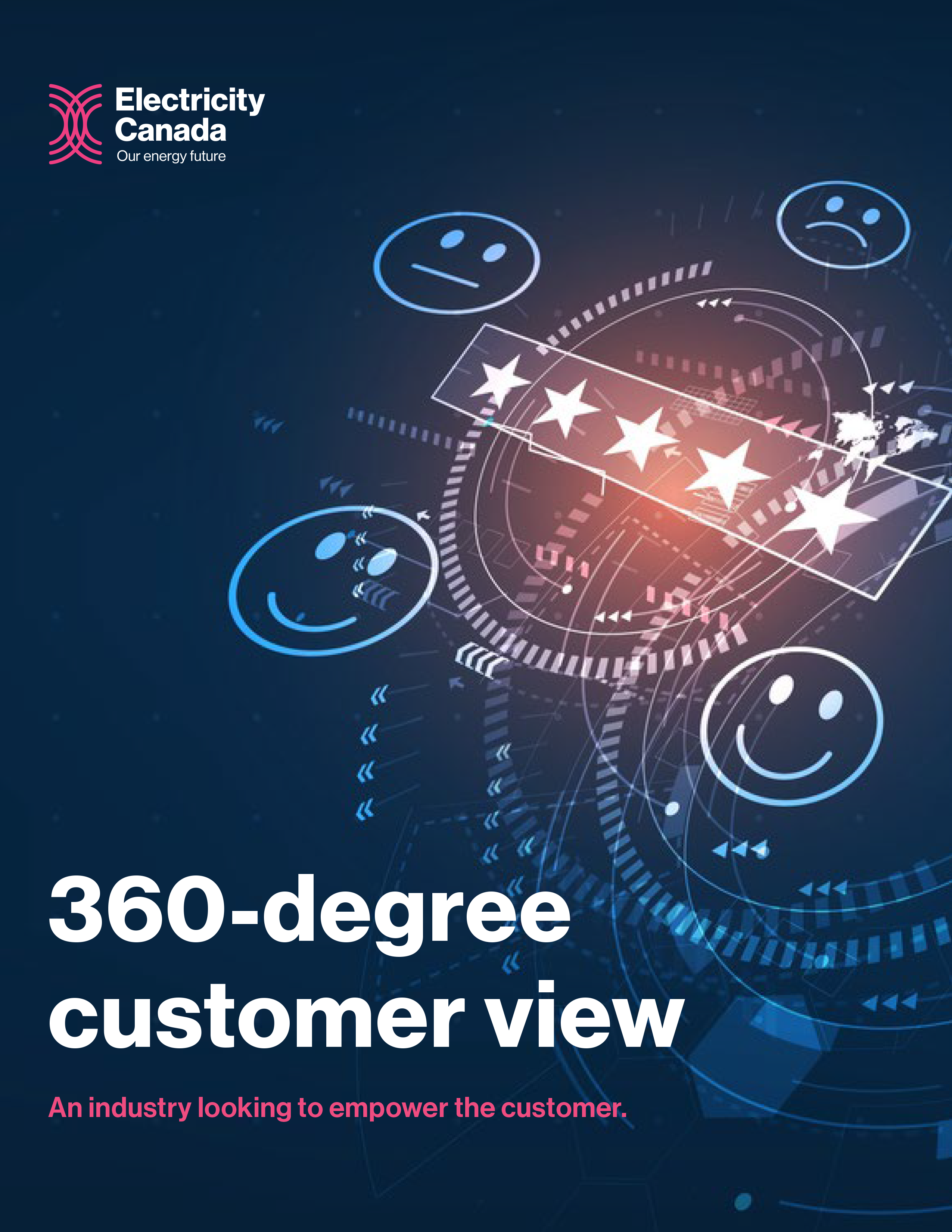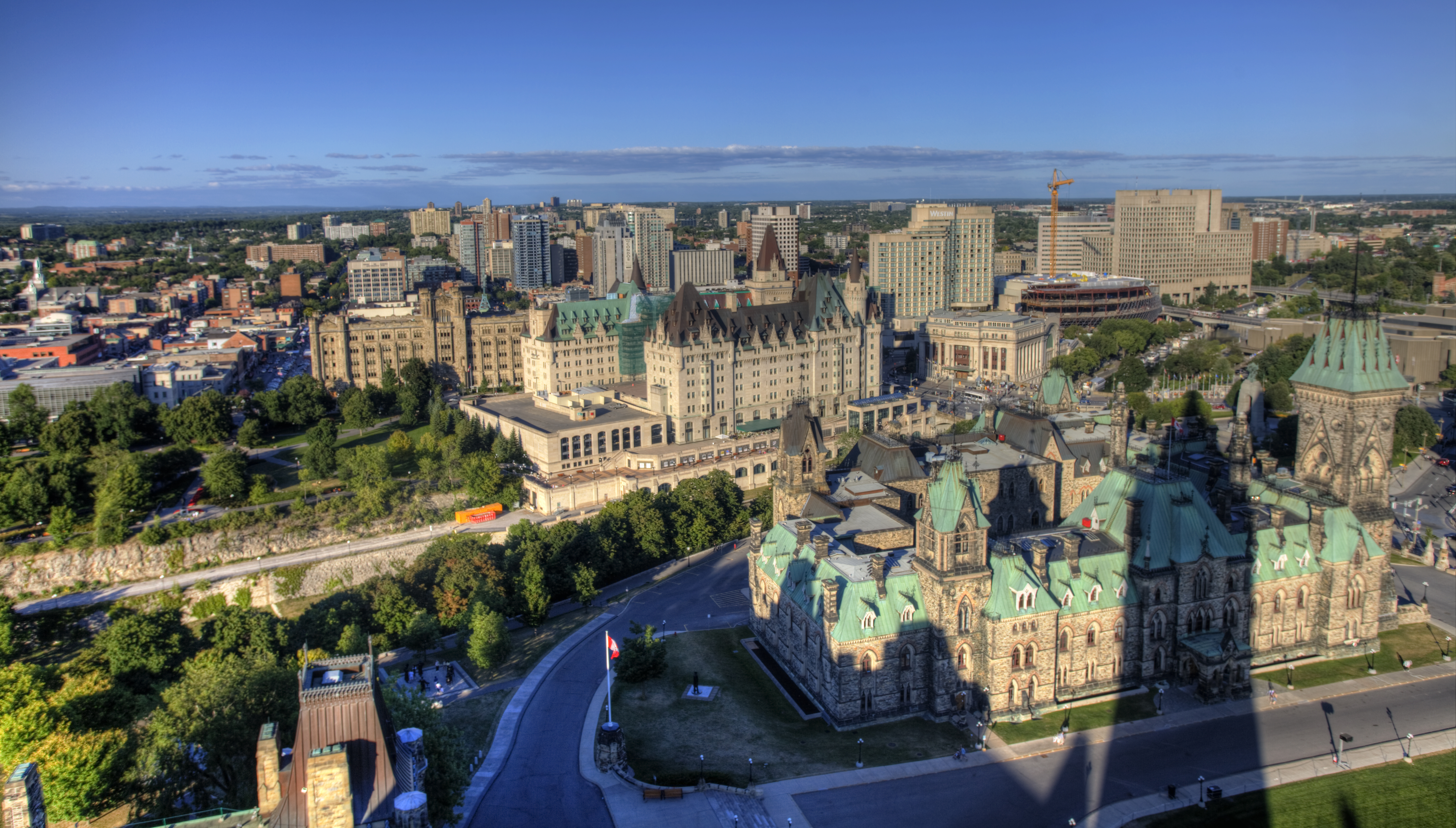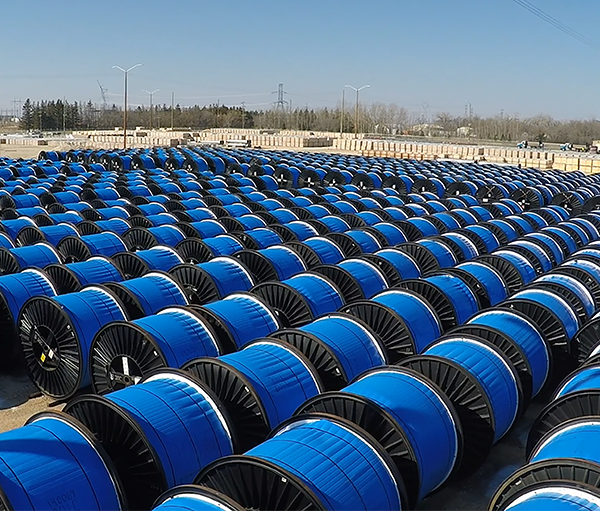
Issue 68 - August 2024
The Canadian Customer
The electricity sector in Canada is constantly innovating, and customers expect more from their local utility because of it. Electricity Canada’s new report “A 360-degree customer view : an industry looking to empower the customer” describes how to use available data to build on customer interactions and build trust. Current Affairs sits down with Dan Gent, Director of Transmission and Reliability lead to discuss.
Hi Dan, thanks for joining us. What is a 360-customer view and why is it so important for the electricity sector to adopt?
The 360-degree customer view is a tool with the idea that it's going to give you a look at the customer and focus on them, from the first time they sign up with the utility, to the end. With the complete picture of the customer, it gives the utility information about their initial service or connection, the amount of outages they experience, or the invoices they receive or the programs they sign up for like energy efficiency programs.
It also gives you a good understanding of where they sit in the market. Are they educated or are they high income? Do what size of house do they have? Are they a business owner, do they have multiple locations?
All of that also comes into play. With this information, utilities can break the customer down into different segments.
Tell us a little bit about who was involved in creating this report.
In June of last year, Electricity Canada’s Customer Council and Technology Committee got together at ENMAX in Calgary. They discussed, presented and had open conversations regarding what is customer solutions of the future going to be and the 360-degree customer view was really the focus of that conversation and how to go about building it.
After copious amounts of note taking, the information was given to the Data Strategy Group to put together a model and framework that made the tool come to life.
What challenges do utilities face when trying to connect with their customers and what kind of technology can help with this?
Utilities have a lot of data already! We have all the technical stuff like usage data, voltage levels, how often they lose power etc. Those are customer touch points, but we need to take a deeper look into those things to understand the sentiment of the customer. And quite often, the sentiment data is hiding behind all of the technical insights. By breaking things down and analyzing things from a marketing perspective, you can really create an accurate profile of who is using your services and what they need.
If you think about it, someone who already owns an electric vehicle will most likely be interested in electrification in other ways around their home, so that customer is someone you can target with programming or products that can help with that. Artificial intelligence is going to be a big tool in how to organize all that data and automate that decision making.
In this industry, our idea of the customer really has changed over the years. Why do you think that Canadian’s are so connected to where their electricity comes from and how that process works?
There's a change of mindset in the customer base for sure in the electricity sector. More people are concerned of where their electricity is coming from and want to make sure their footprint is not that big. More and more people are becoming educated on that aspect because of the changing climate.
The other aspect that's also moving along is digitization or digital technology. People want customized and personalized solutions like they have in other industries, and if the utility can the helpful energy advisor to their customers and provide tools that are personalized to them, that's great.
Where do you think customer interactions will go in the future?
I think it's going to be much more personalized. It's going to be more digitized, and I think that the utility is going to get more empathetic. By the time you pick up the phone and call the call centre, the person on the line will probably already know who you are and what you need and will have a better understanding of your situation so they can help you.
Customer interactions will go beyond what’s in the invoice. With more information available to them, they want energy efficiency solutions and behind-the-meter solutions, and integrated solutions with the latest digital capabilities.
What is the most important take away from the report?
Well, there are a lot of recommendations in the report that utilities can act on. But I think what goes beyond and what's really important is that, with the 360-degree customer view the company must become even more customer centric. That customer service and customer focused culture needs to be enhanced even further. And that is probably the most important aspect of the of the whole report.
The 360-Customer View report is available here . The accompanying blog Changing customer needs and how to find them discusses the key recommendations of maintaining a positive customer relationship in the changing world.
Other Stories
- Centre of Excellence – 2024
- Electricity Canada welcomes Ribbon Communications Canada to the Corporate Partner Program
- The Flux Capacitor podcast reaches milestone episode 100
- When the rain falls




